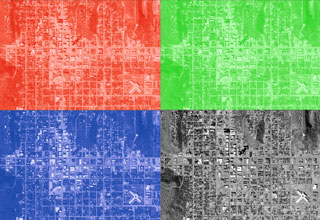Data-Driven Financing (Source: Stormwater)
By Tak Makino
In the rolling hills, 45 minutes to the west of the Dallas/Fort Worth metroplex sits the City of Mineral Wells. A small community of about 15,000 people, the city has suffered more than its fair share of flood-related damages over the last decade. The community’s stormwater infrastructure has long been in need of expansion, repair, and upgrades. To help finance these improvements, the city contracted Lockwood, Andrews & Newnam Inc. (LAN), a national planning, engineering, and program management firm, and NewGen Solutions, a financial management consulting firm, to undertake a stormwater utility fee study. Using the results of the study, the city would be able to institute a fee schedule that would capture the funds necessary to make desperately needed stormwater infrastructure improvements.
Stormwater utility fees have become increasingly popular methods of capturing funding for stormwater upgrades and maintenance. A stormwater utility fee is much like the fee for other public utilities. Consumers pay a fee that corresponds to the amount of stormwater service they enjoy. Consumers who send a large amount of stormwater runoff to the stormwater system represent a heavier user of the system than a consumer who sends little to the stormwater system. However, unlike other public utilities, there is no metering device that captures utility use at the consumer level. To calculate stormwater utility consumption, another method must be used.
Impervious surface coverage is a frequently used proxy for stormwater utility consumption. Areas of impervious surface, such a parking lots, driveways, and roofs do not absorb water. Stormwater will quickly run off impervious surfaces into the stormwater system. In contrast, areas of pervious surface like grass, dirt, or forested lands will absorb water. By using impervious surface coverage to determine relative contributions, a community can establish an impartial, quantifiable system for assessing a stormwater utility fee. This impervious surface dataset forms the backbone of the stormwater utility fee.
CLICK HERE TO READ COMPLETE STORY

